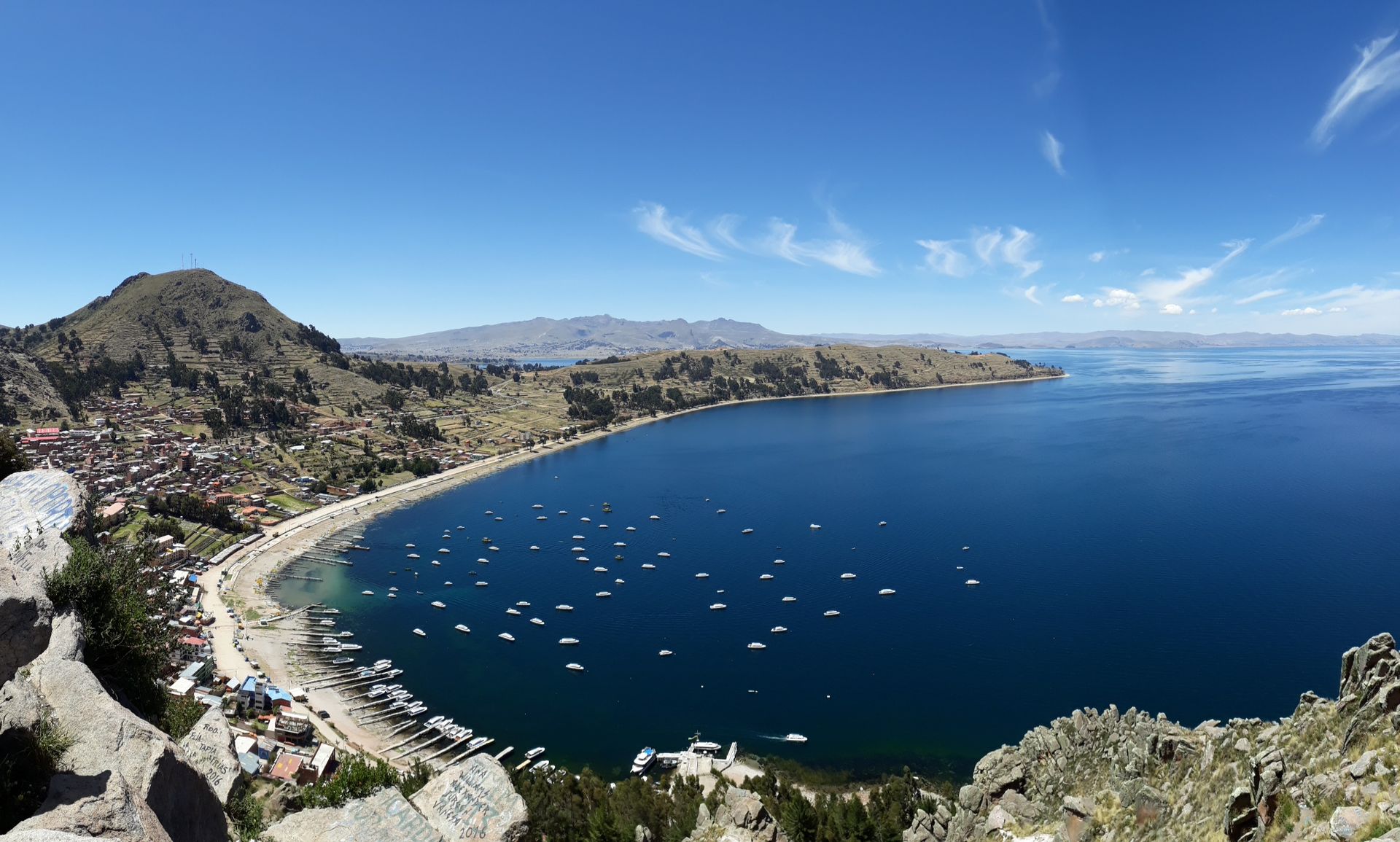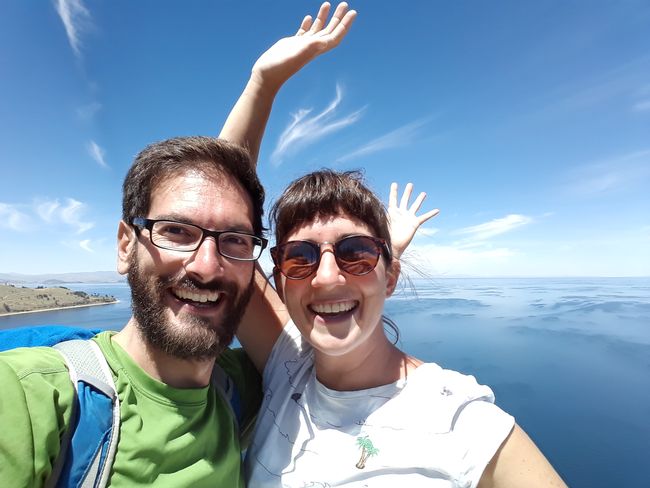Bogota and Amazon/Bogota y amazonia
Objavljeno: 23.09.2017
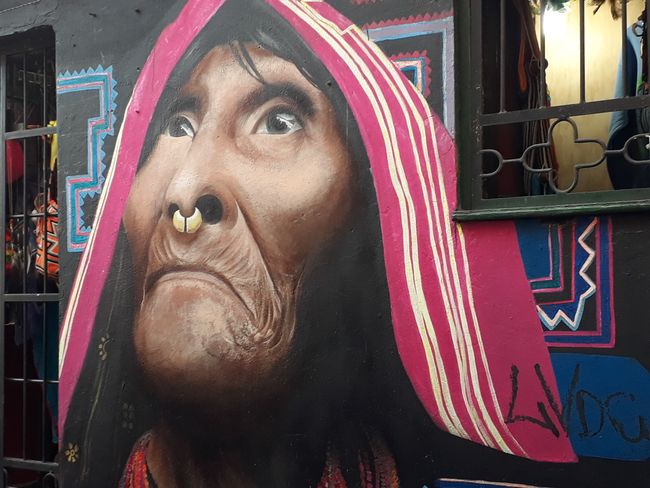
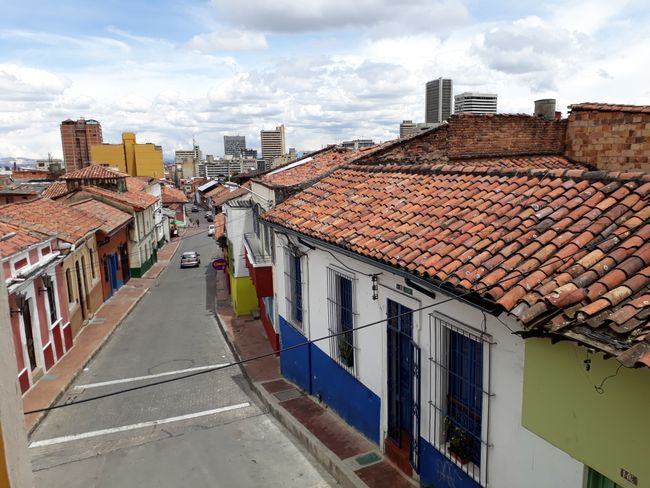
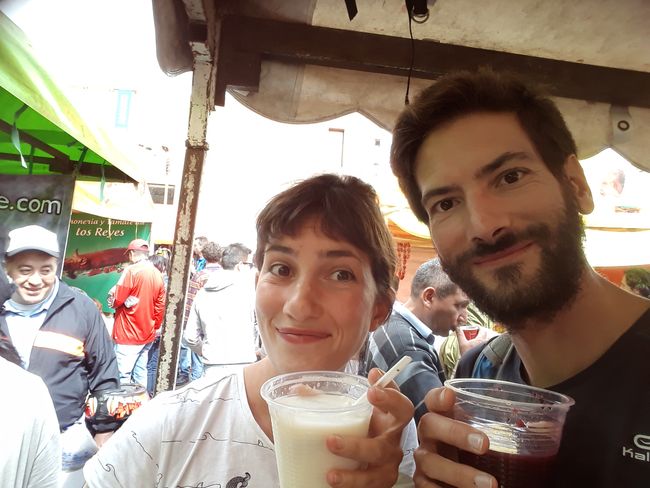
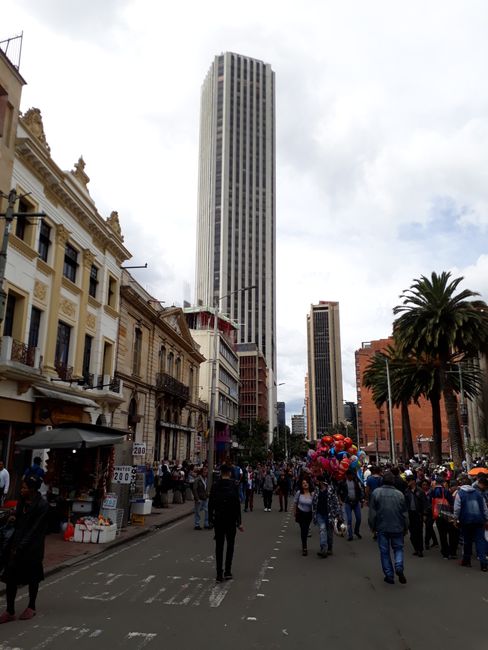
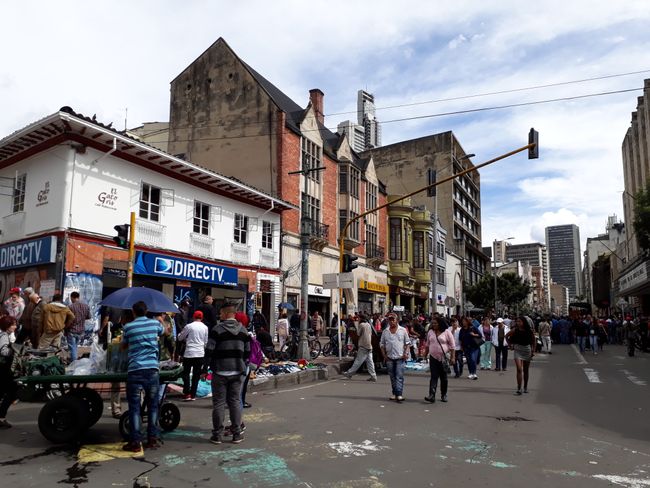
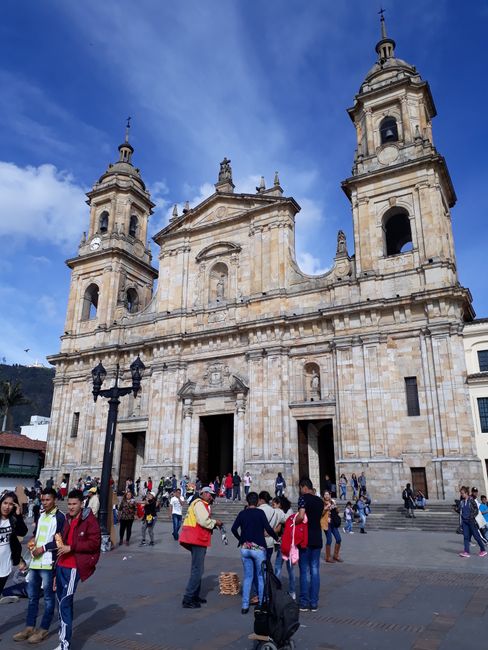
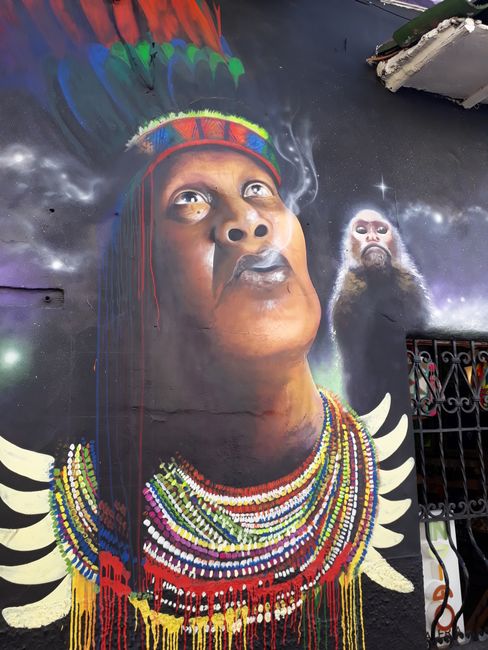
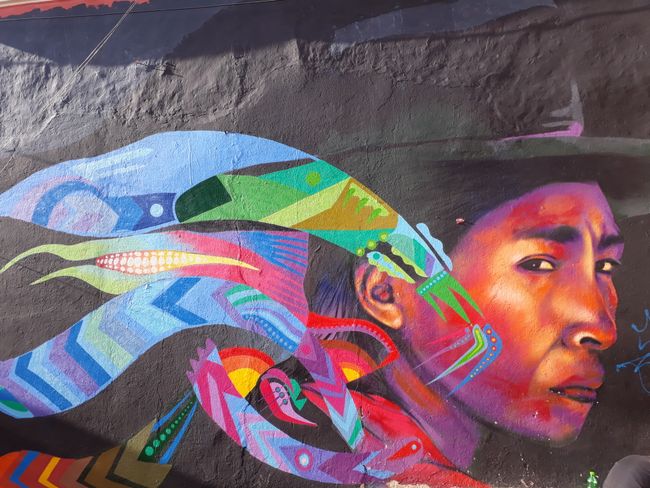
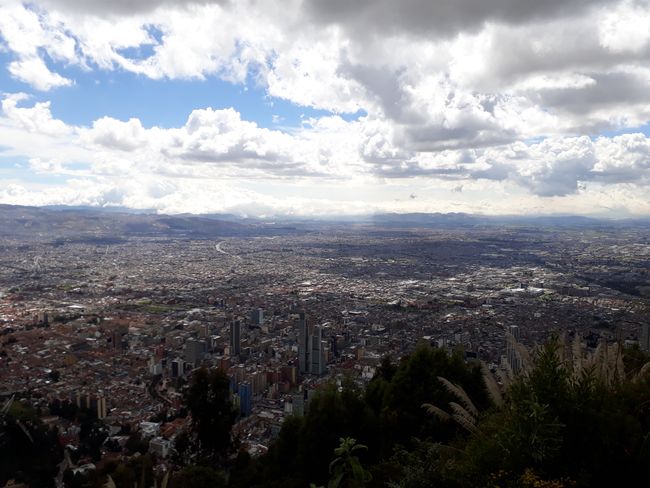
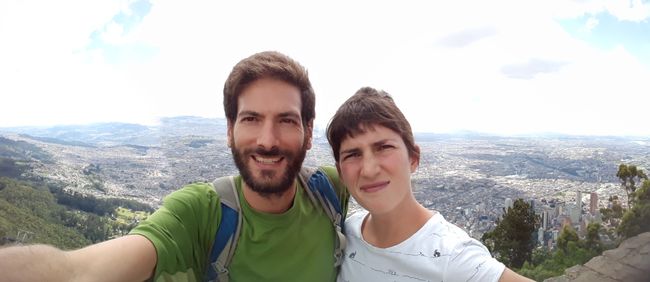
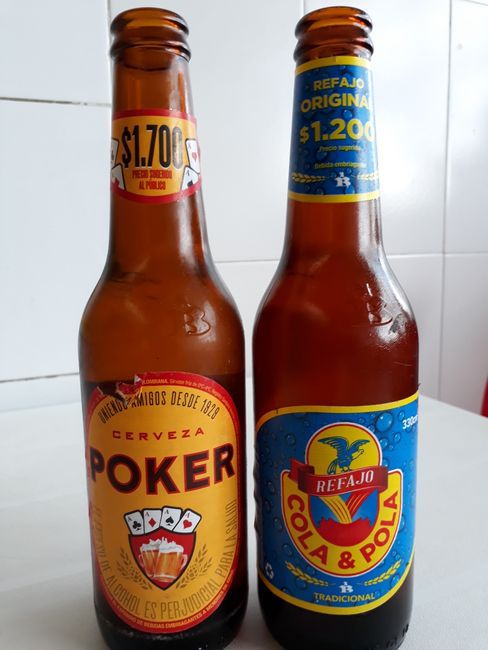
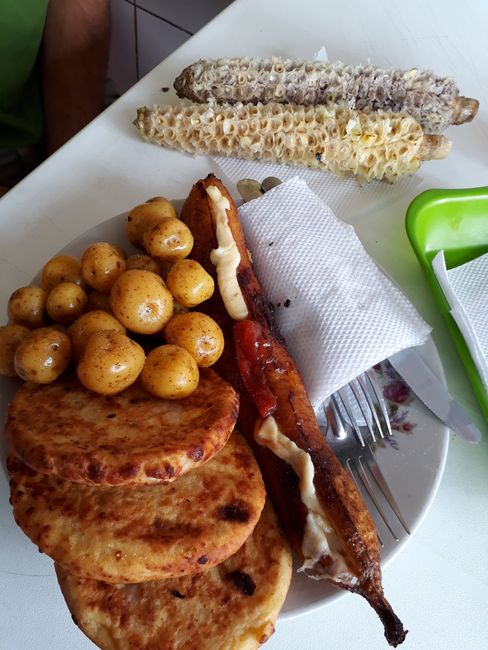
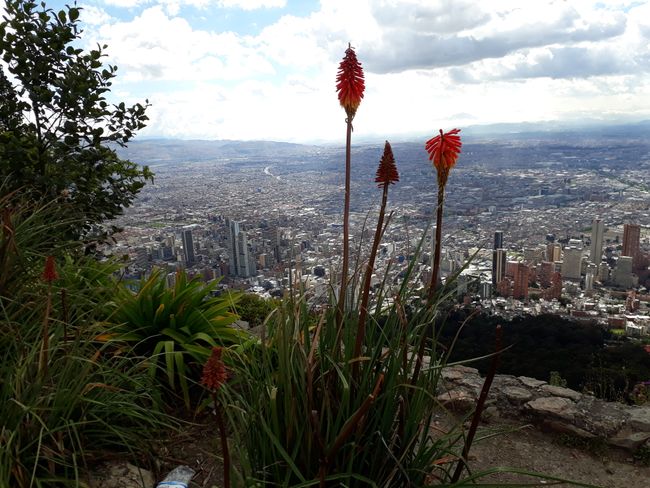
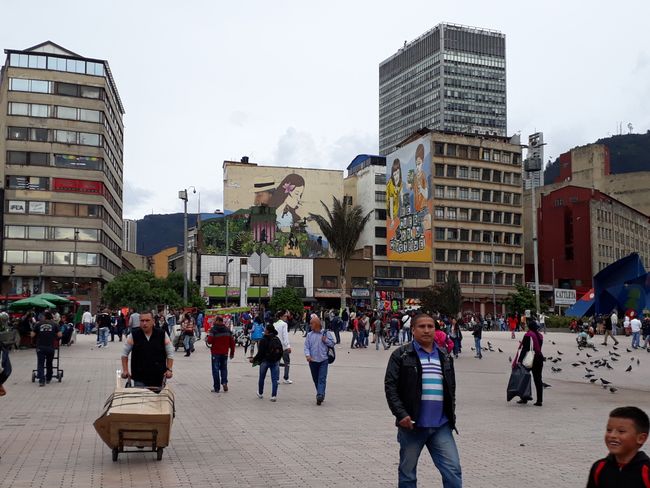
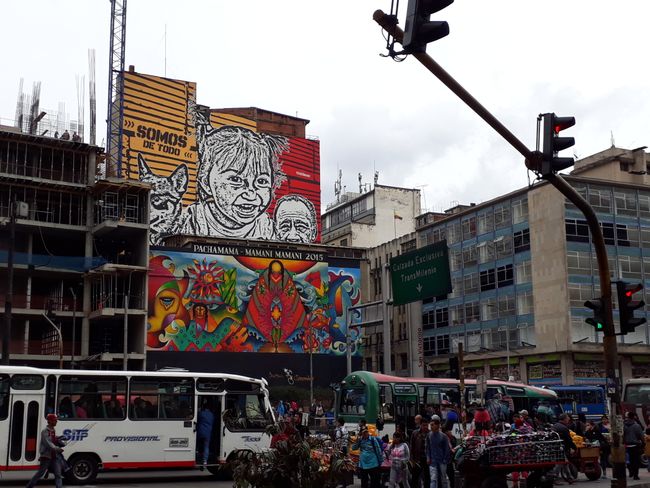
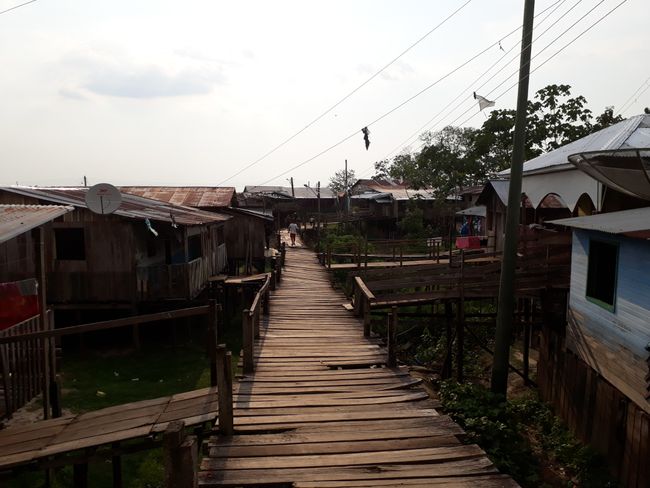
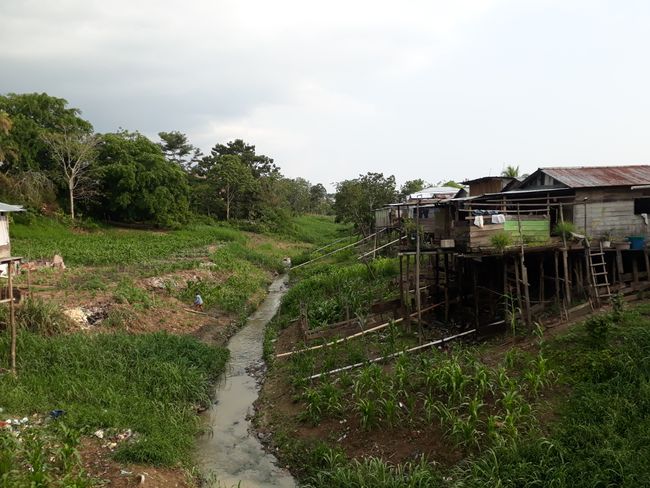

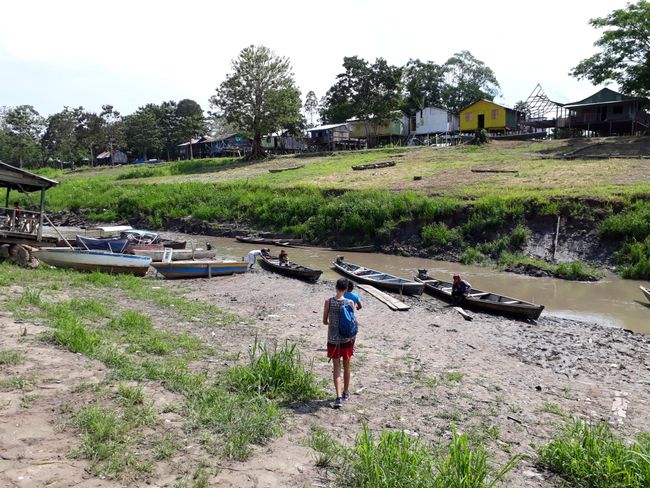
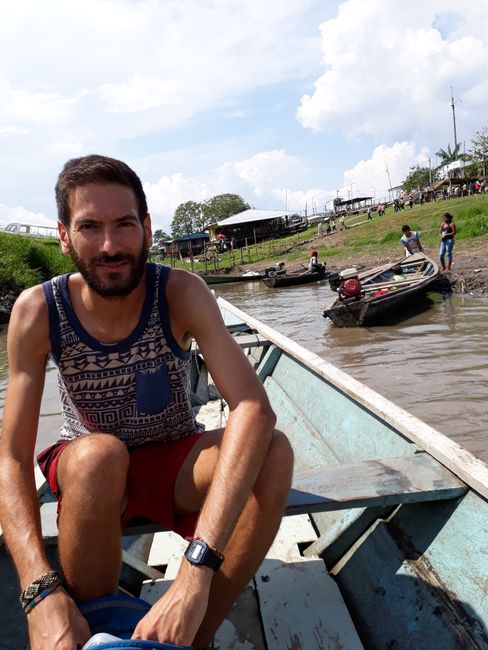
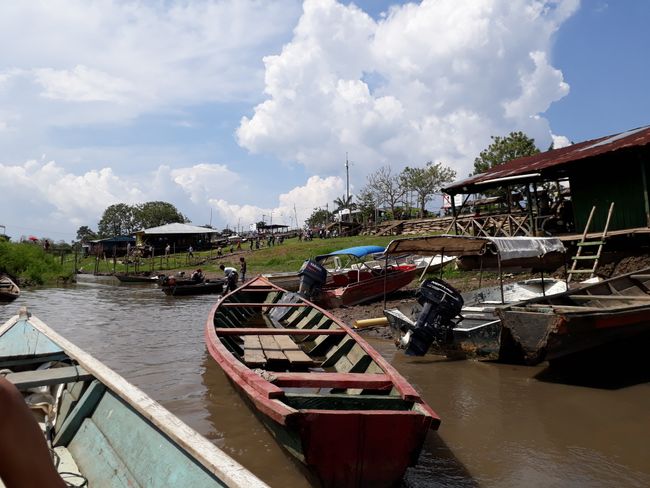
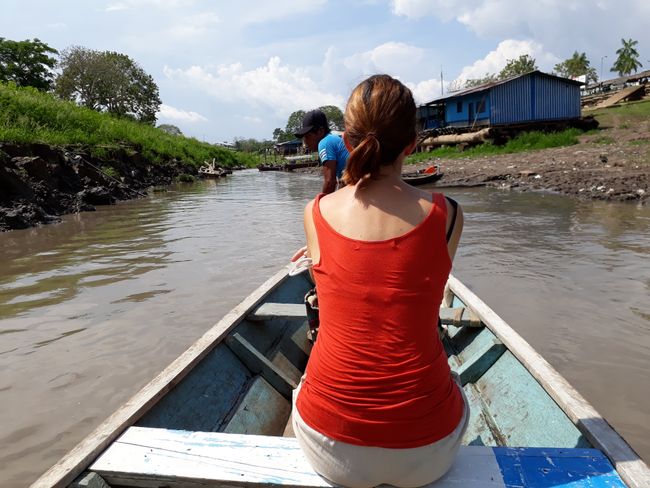
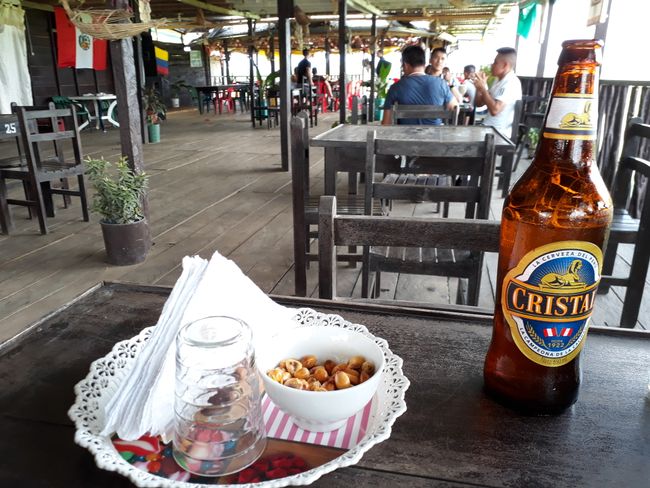
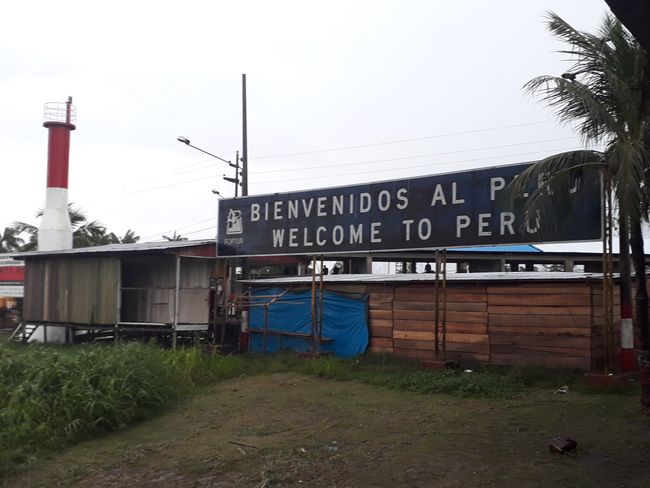
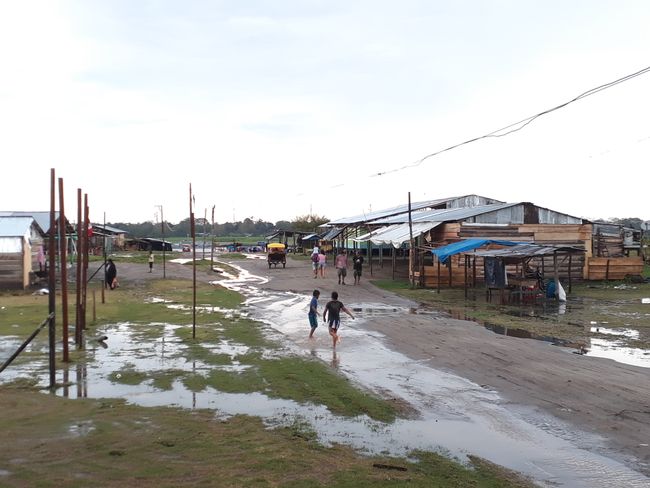
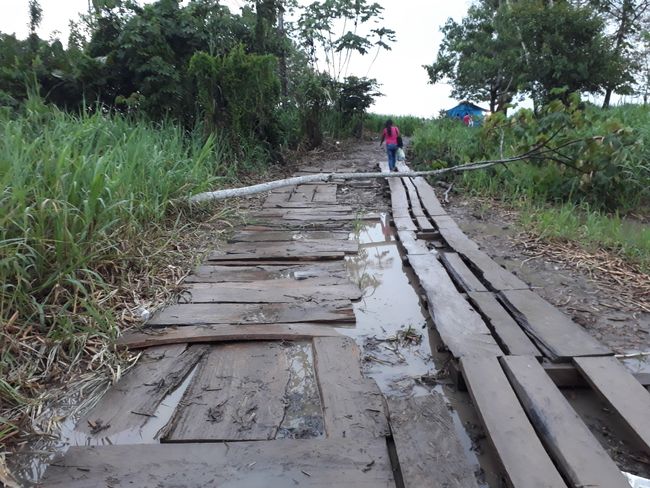
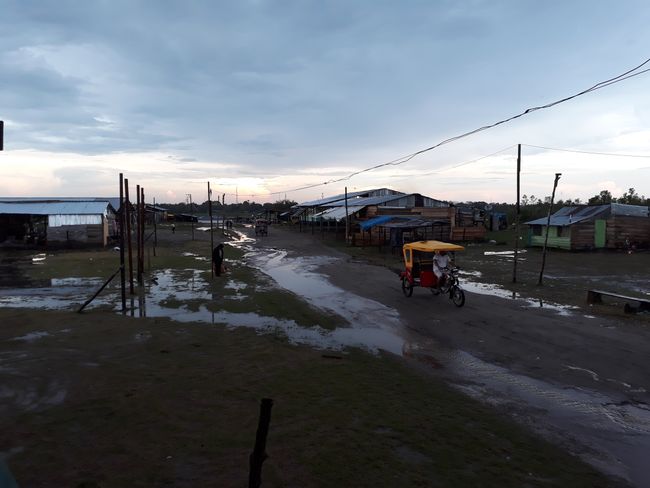
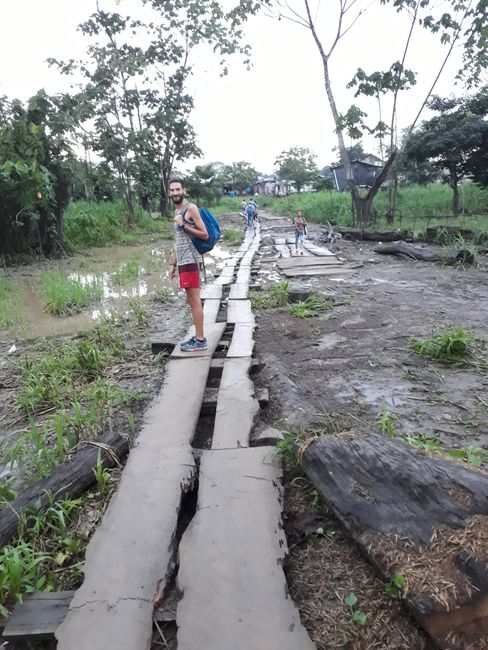
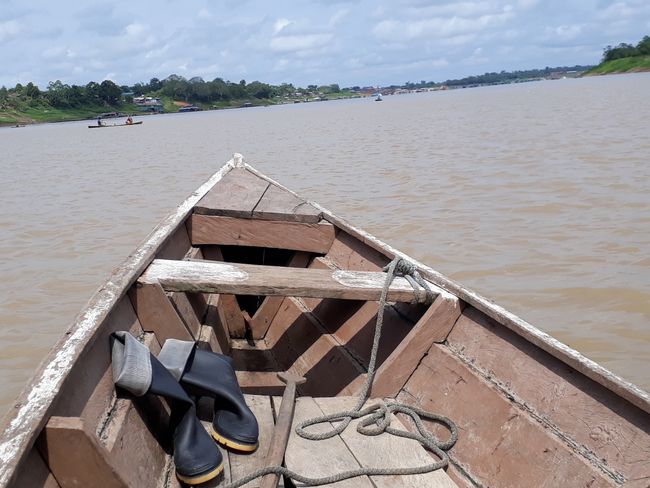
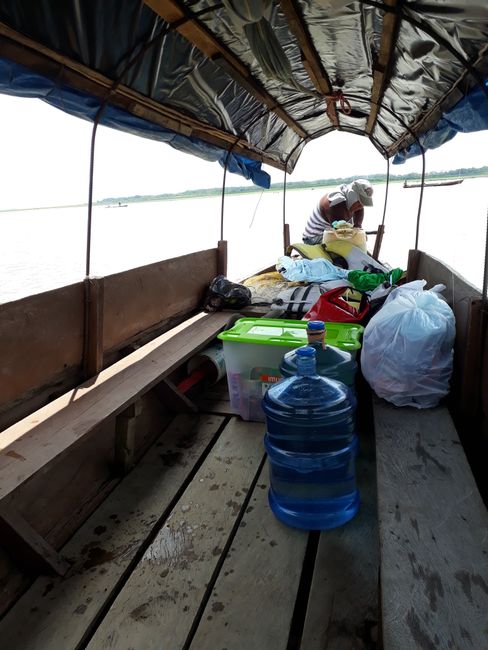
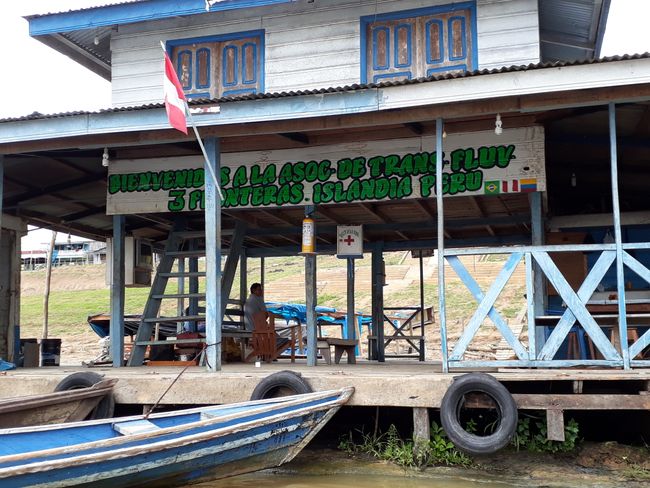
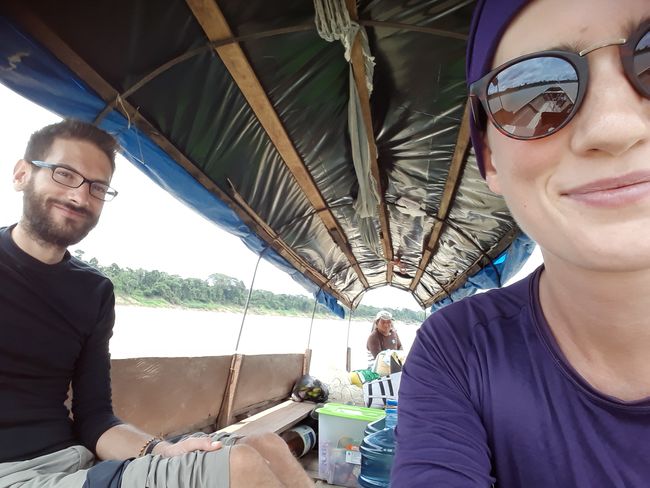
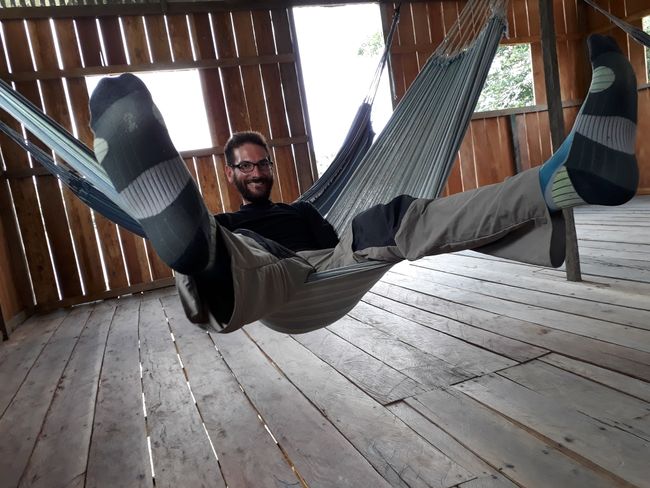
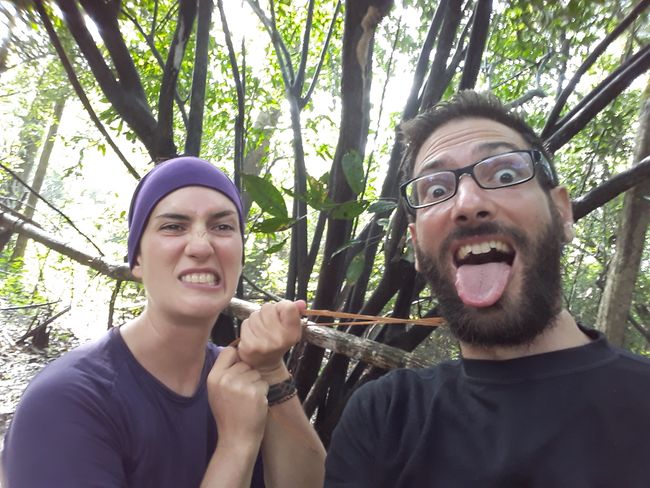
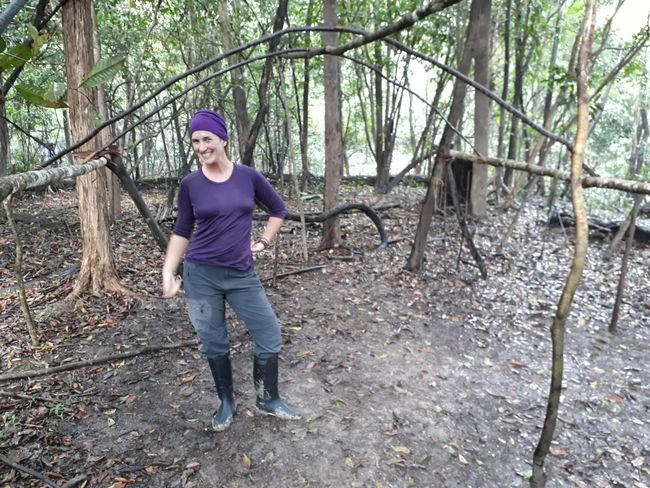
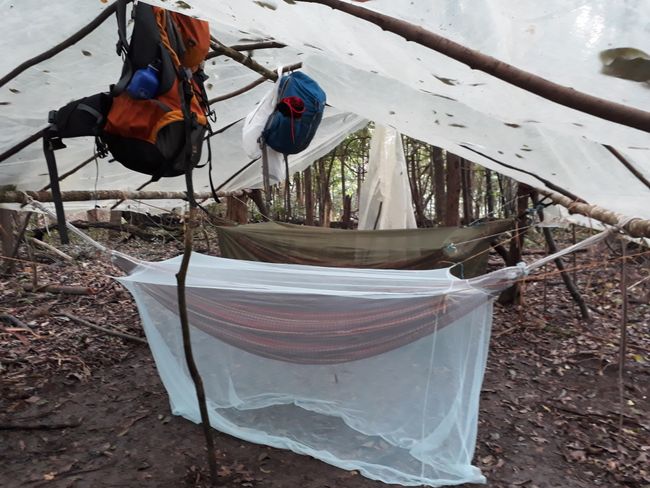
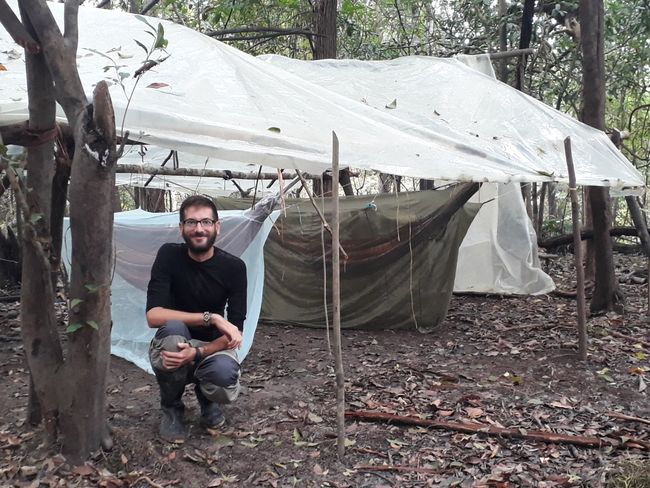
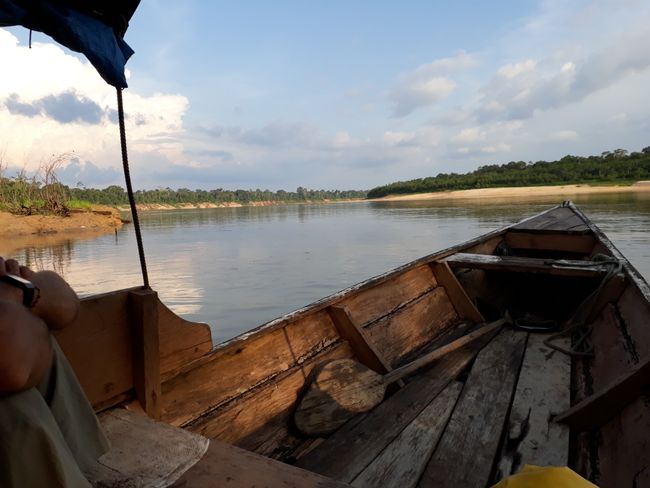
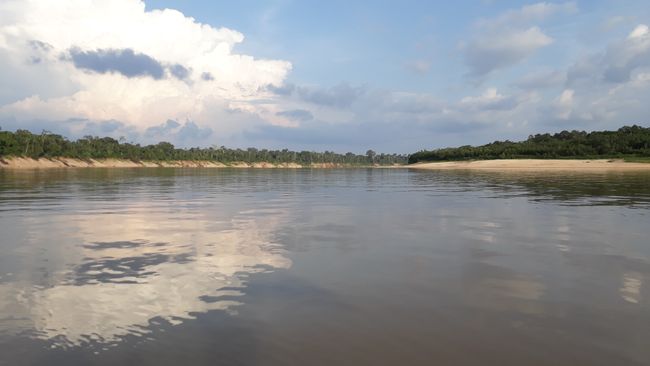
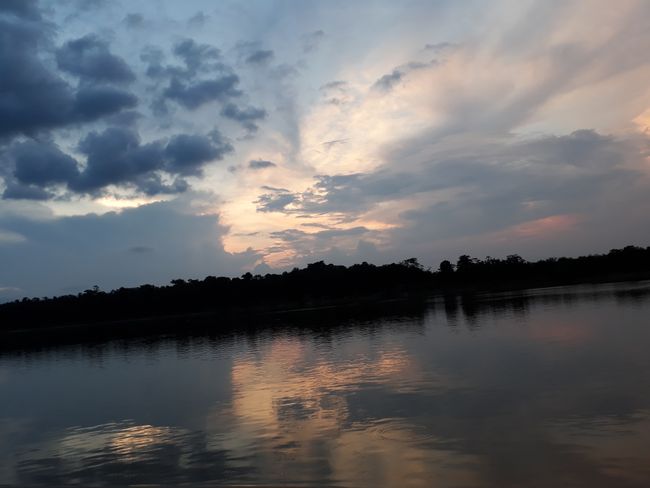
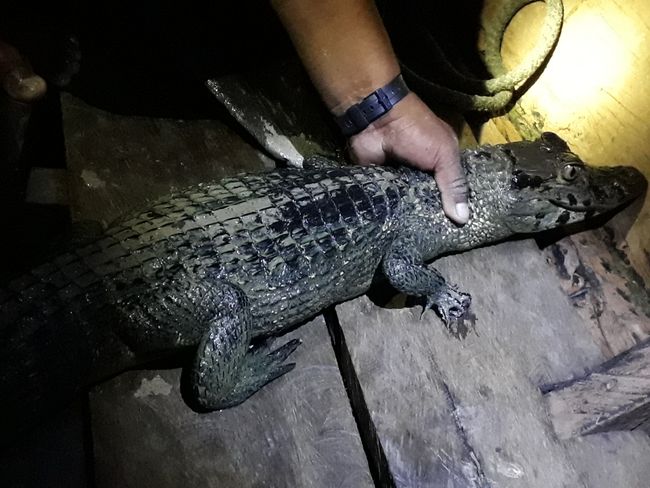
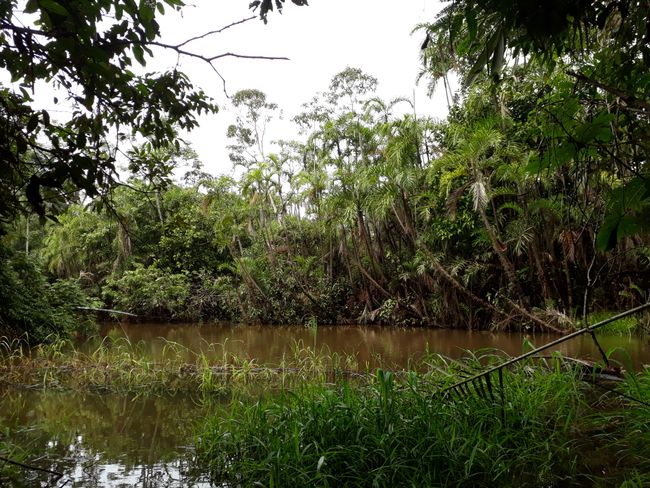
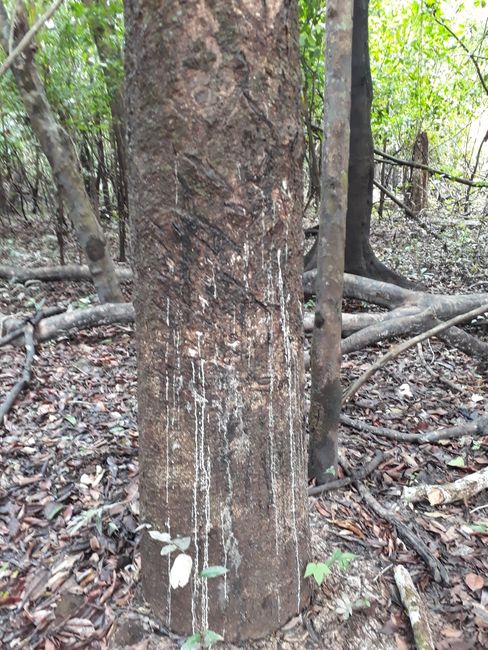
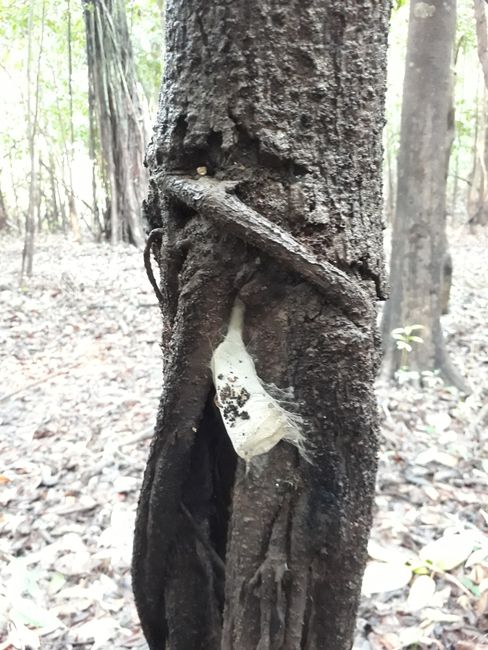
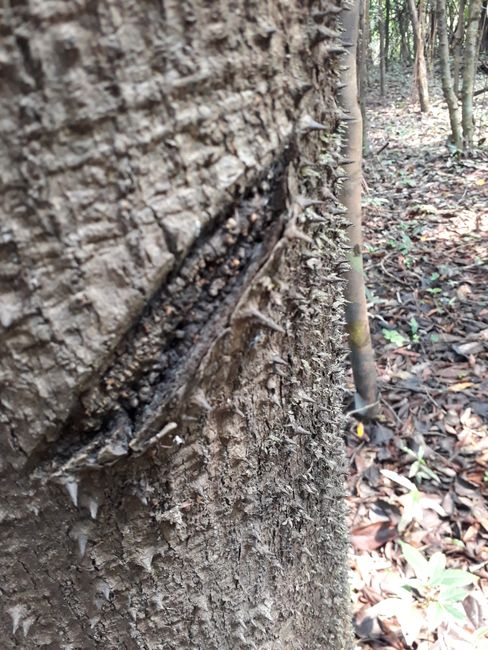
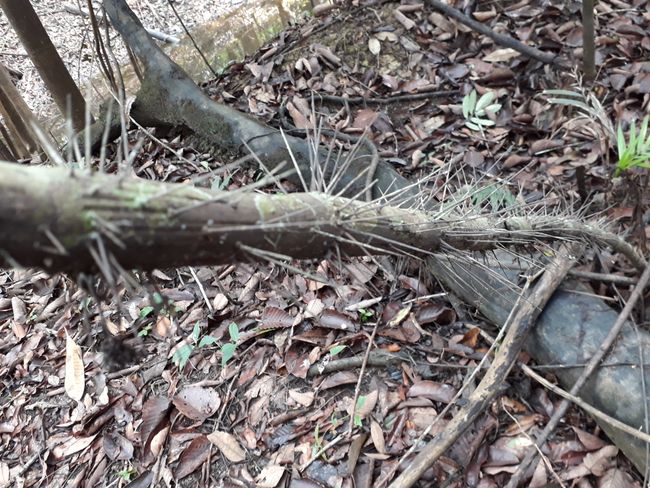
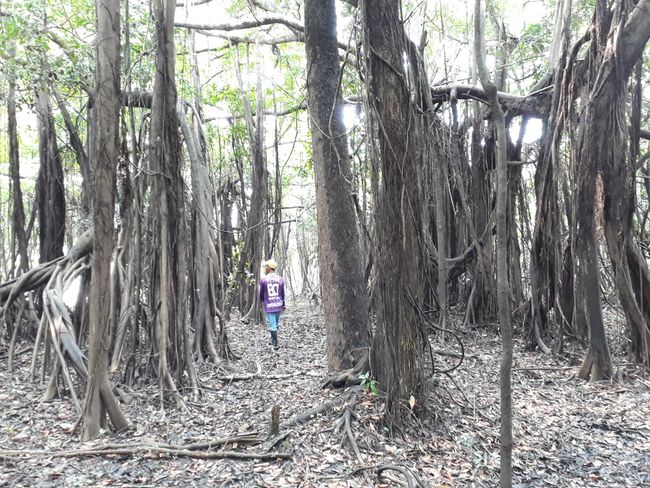
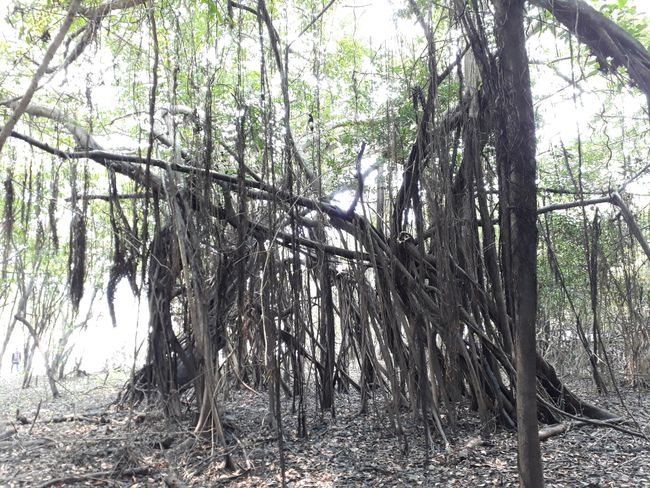
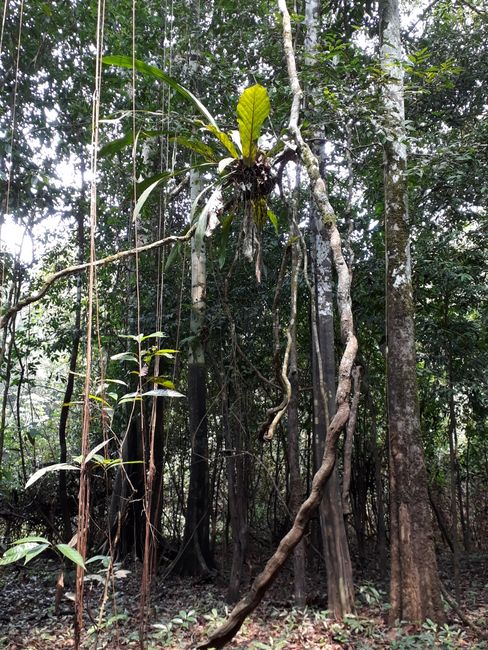
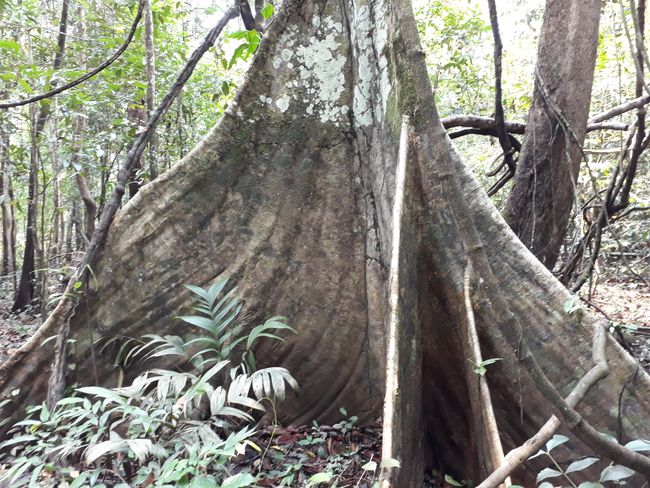
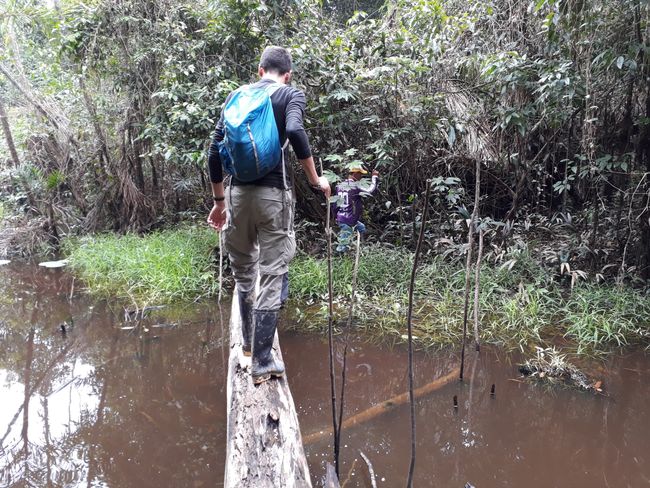
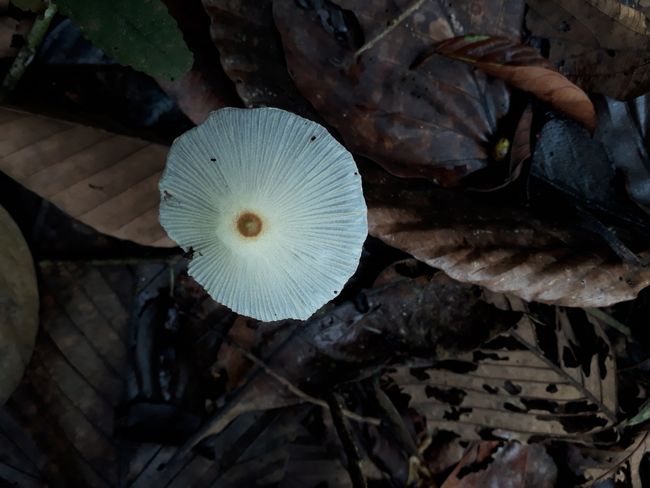
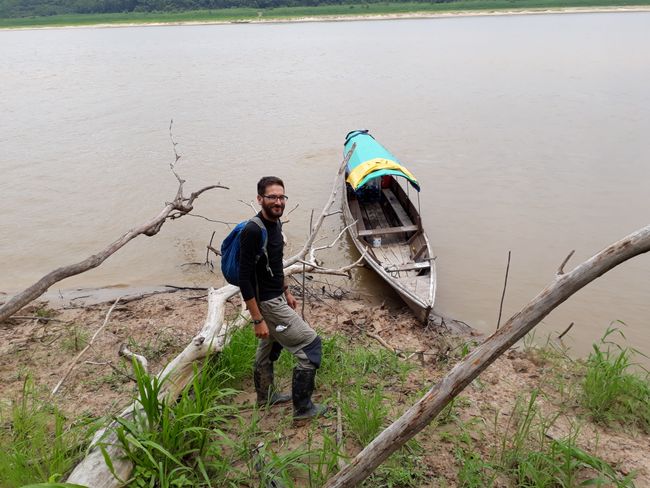
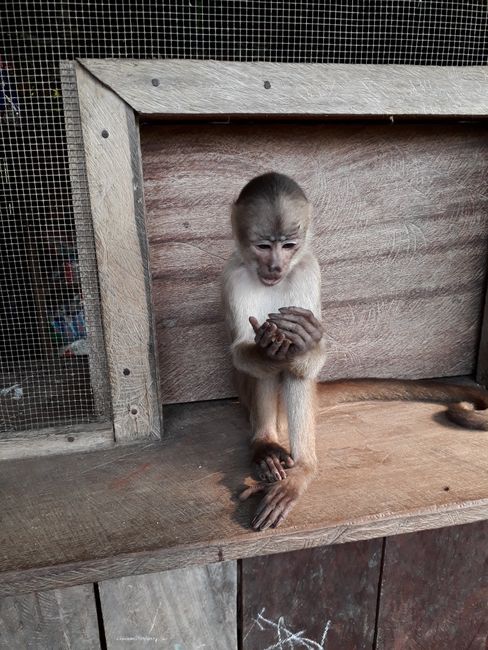
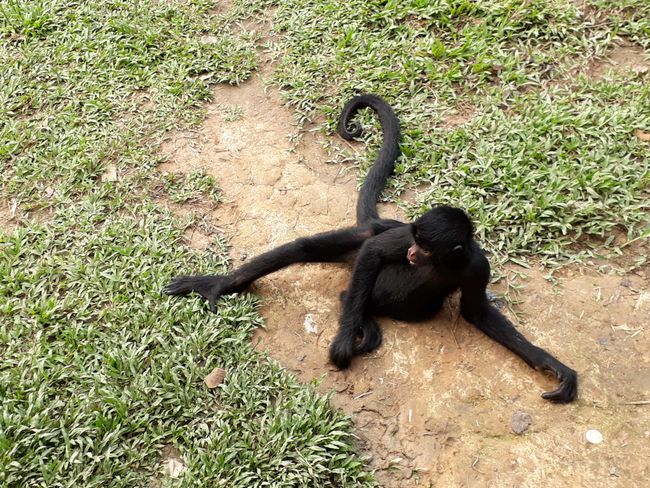
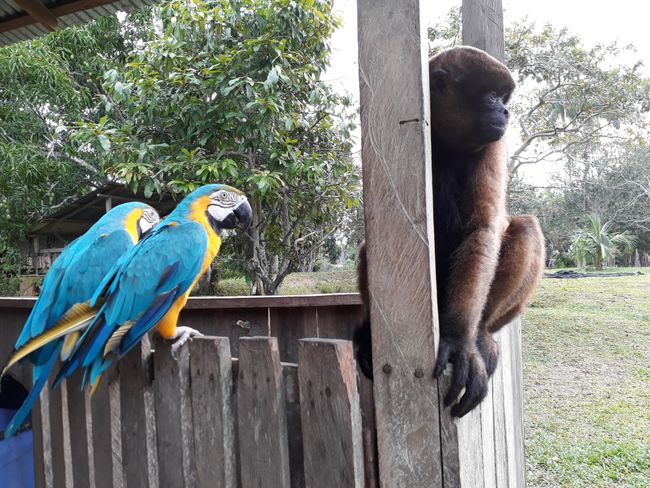
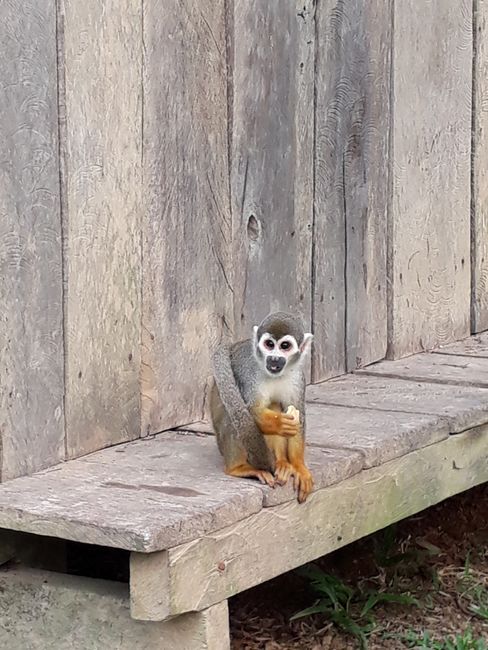
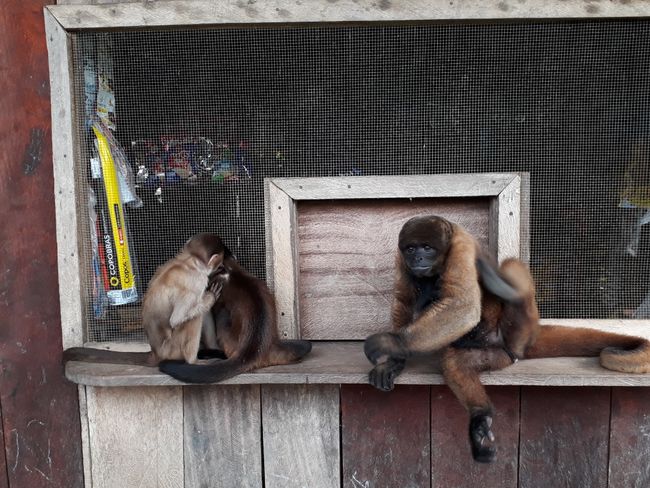
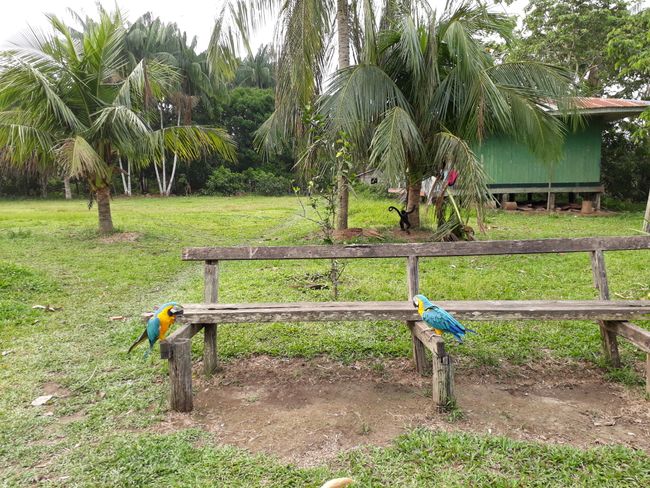

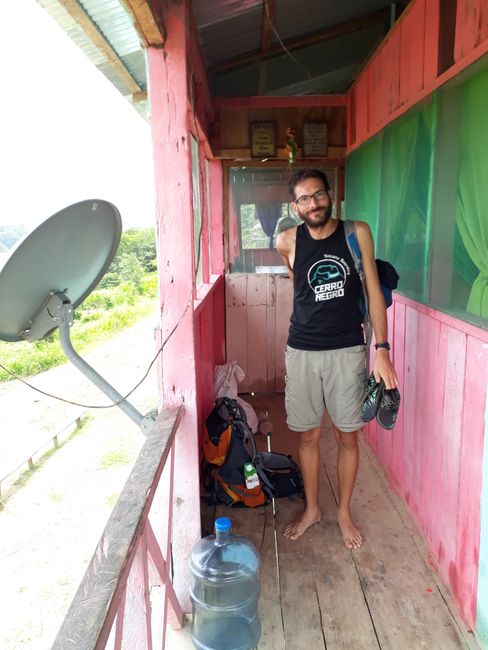
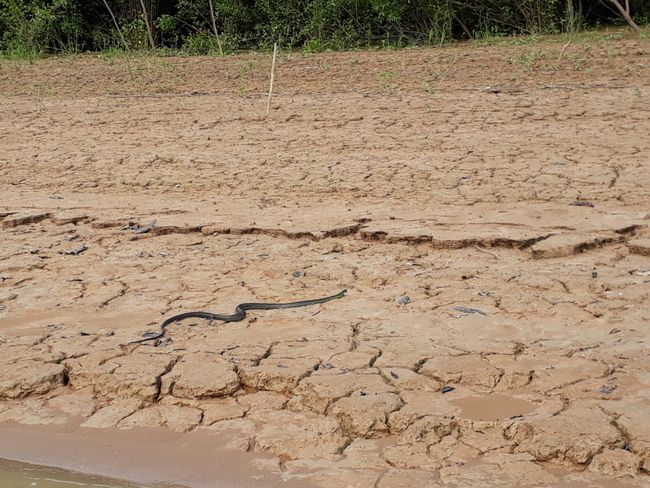
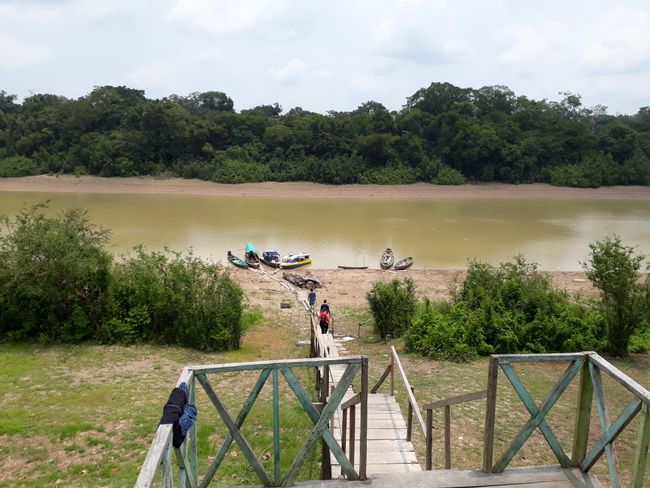
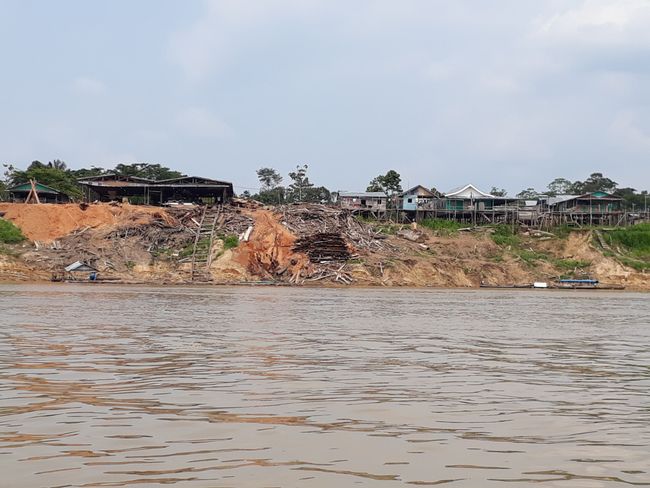
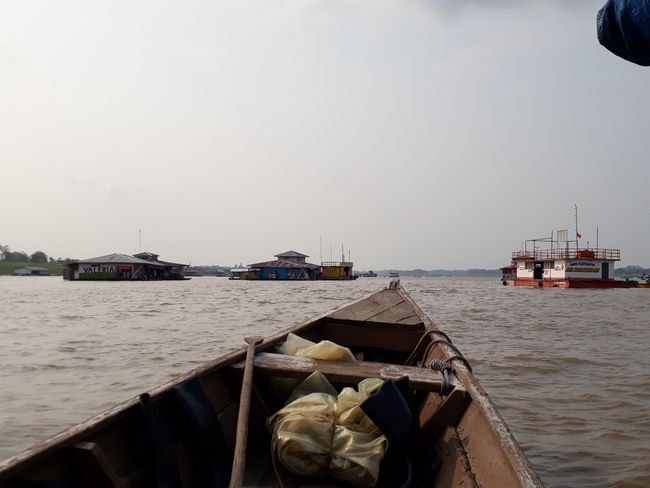
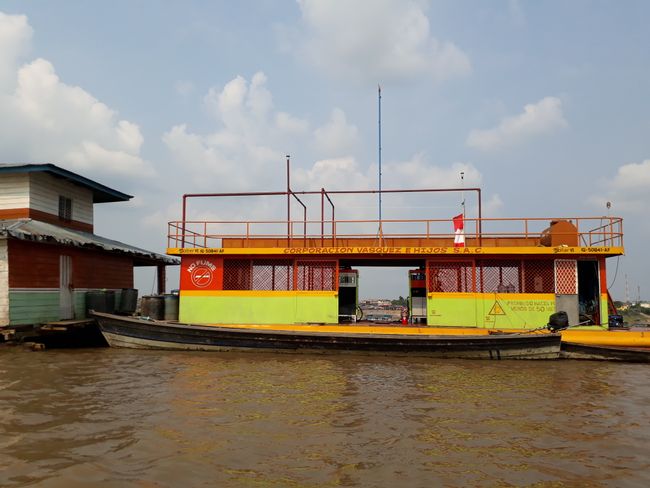
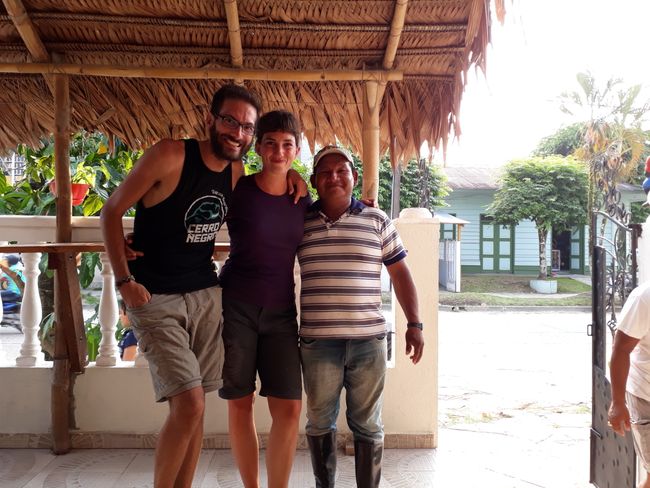
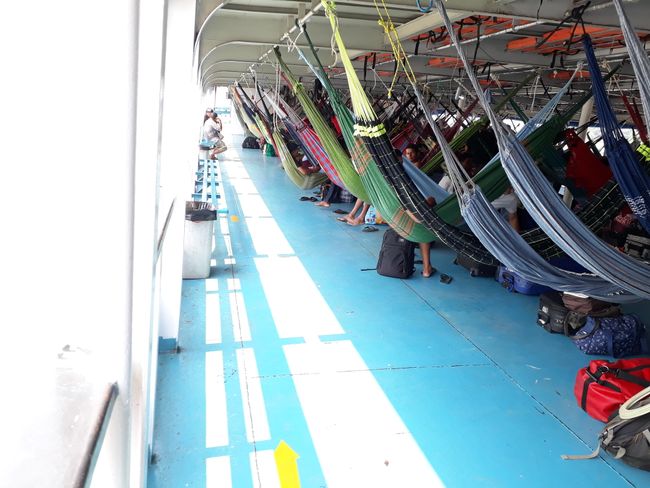
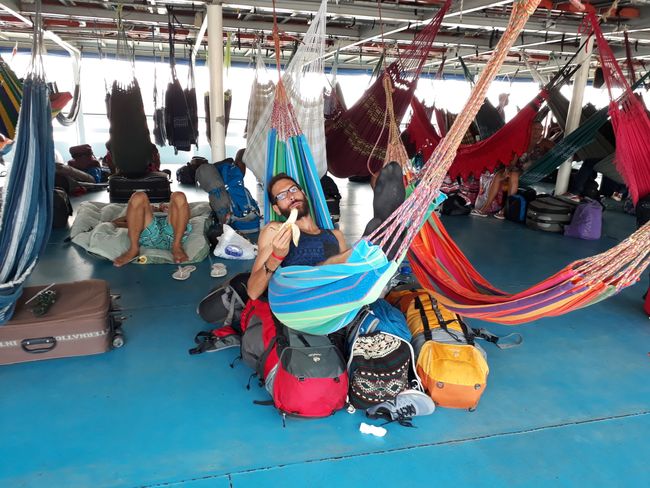
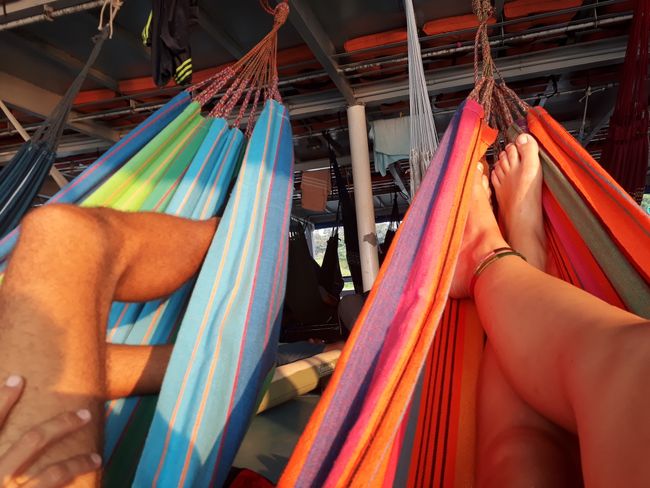
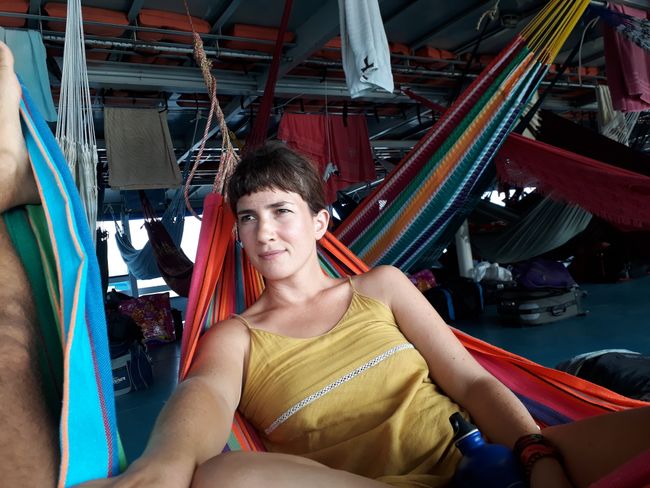
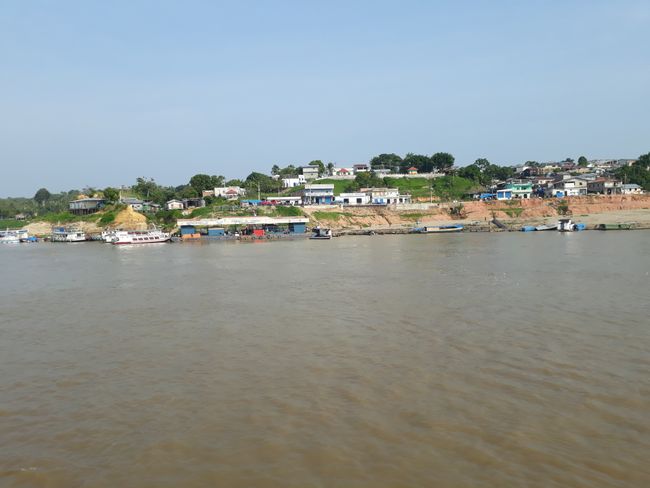

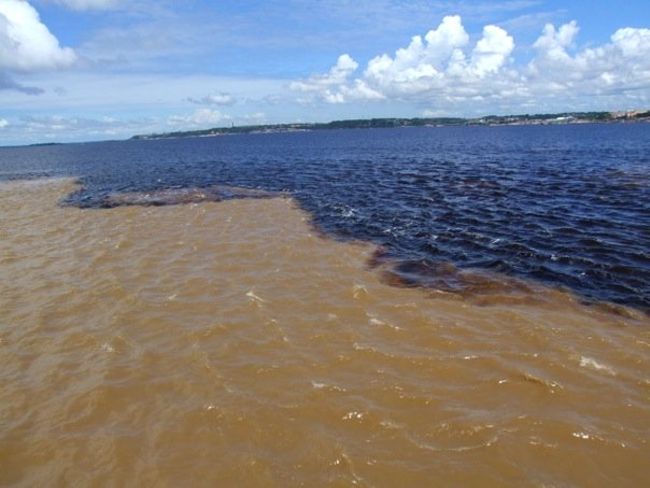
Pretplatite se na Newsletter
From Campoalegre our journey continues to Bogota. On the one hand, we find it very difficult to say goodbye to the foundation, but on the other hand, we are happy to have a break because there was hardly any in the month there. So in Bogota we take it easy, sleep a lot, and enjoy the student and alternative atmosphere in the Candelaria neighborhood, where we spend 5 nights in a very pleasant family-run hostel. Since we arrive on a Saturday night, there is a lot going on in the street and right around the corner on a small square, street artists are bustling about and we drink canelazo, a hot tea with schnapps and spices that tastes excellent and helps against the cold here. Bogota is located at an altitude of approximately 2800 meters and accordingly it gets chilly in the evenings.
The next day, like every Sunday, one of the main streets in the center is closed and vendors sell everything you need or don't need ... from socks to electric shocks and kitchen appliances, you can find almost everything. Many street artists are also on the move. We first get something to eat and let the hustle and bustle soak in. Then we stroll to a flea market, where second-hand stuff is sold. Since we don't have space to buy anything, we only drink 2 typical, delicious juices made from guayabana and lulo, and walk back to Bolivar Square, where the cathedral and the parliament are located.
The next day we go even higher, and that is with a cable car to Montserrate, a hill from which you can admire Bogota from above. There we eat arepas, beans, corn, yuca, and plantain, our vegetarian standard food in Colombia. Almost every evening we eat in a vegetarian restaurant near the hostel, where Colombian cuisine is prepared vegetarian and at fair prices. We also visit the Gold Museum, where indigenous gold art is exhibited, which was very important before the arrival of the Spaniards, and since David urgently needs new shoes, we dare to take on Bogota's shopping hell, with success!
From Bogota, we fly to Leticia, in the Colombian Amazon region. There are no roads here, either you fly or come by boat from Peru. It is cut off from the rest of Colombia, which meets Brazil and Peru here. You can walk to Brazil in the neighboring city of Tabatinga. Leticia and Tabatinga are practically fused together and there is no border control. Across from Leticia is Santa Rosa Island, which belongs to Peru. We spend an afternoon there and eat Papas a la huancaina, a typical Peruvian appetizer and the only vegetarian option on the menu ;) It is still the dry season here and the Amazon does not have much water, but the first rains are starting slowly, and we have had a few in the first few days. In the next few months, the rain will increase, and around December, the river will reach its highest level. Although it is currently relatively dry, it is always very muddy, and people use improvised wooden board constructions and bridges as well as rubber boots to get around. The area is poor and polluted, but the people are warm and somehow we like it here despite the dirt and the extreme heat.
With a guide, we go out for 3 days to the Peruvian Zacambu nature reserve, where we see a lot of pink Amazon dolphins, go on a cayman search at night, swim in the Amazon, and sleep in hammocks in the forest. The young caymans stay in the water at night and can be easily found with a flashlight. Our guide tries in vain for a long time to lift one out of the water, in the end, his efforts pay off and he grabs a cayman that is already over a meter long by the neck to show it to us and then release it. He said it was his biggest cayman so far, he was visibly proud ;) We also take a little jungle tour, where he shows us rubber trees and medicinal plants, and we see small monkeys, parrots, butterflies, a tarantula, and other insects. We also visit a kind of monkey rescue center, where monkeys and birds live, which were previously kept as pets by people, often tied up or in cages. In their new home, they can move freely and return to the rainforest at any time. They are cheeky and curious, climb up on us, take things out of our pockets, and make mischief. Actually a perfect place ... if it weren't for this locked-up anaconda that is kept as a tourist attraction :( completely unnecessary and contradictory.
When we are back in Leticia, we prepare for our onward journey to Manaus. We buy our own hammocks, food, and tickets for the 4-day boat trip. The food is actually included in the ticket price, but the food is rarely suitable for vegetarians, so we are glad to have something with us. Our hammocks turn out to be a bad purchase, we don't sleep as well as in the jungle with the borrowed hammocks ... on the boat, there are mainly Brazilians traveling, so communication is still a bit difficult ... there are also other travelers from Colombia, Argentina, and Ecuador with whom it works better :) Otherwise, life on the boat is characterized by being lazy, eating, reading, smoking, watching the river and dolphins, being even lazier, eating, reading, smoking ... and when we dock at small village ports, we watch the loading and unloading, how fishermen bring their catch to the people, others sell fresh fruit, juices, and empanadas ...
After nearly 2 months in Colombia, we are now in Brazil. Manaus is a million-strong city, nothing special to look at. We mainly spend time in the pool of our accommodation and look forward to being back by the sea soon!
Gloria and Gigi accompany us to the bus terminal in Campoalegre to say goodbye. On the one hand, we feel sad to leave as they always need help at the foundation. But on the other hand, it has been a month without rest, and we need to disconnect a little. Our bus first arrives in Neiva, and from there we take the next connection to Bogota. The bus is not very comfortable, but we arrive at our destination in about 5-6 hours. Our hostel in Bogota is located in the Candelaria neighborhood, a neighborhood with a university and alternative atmosphere where we feel very comfortable. In addition, we have made the right choice with the accommodation, as it is clean, beautiful, and in a very quiet area for resting. However, since we arrive on a Saturday and there are quite a few people on the street, we decide to go for a walk there. The hostel recommends us to have a Canelazo, a hot tea with liquor and spices that is good for the cold and is sold in a small square not far from there, where there are also monologists doing their show on the street.
The next day we decide to take a walk down to the center, where hundreds of stalls of all kinds sell their things, ranging from food to shoes, to household appliances, or the latest episode of Game of Thrones on DVD. After a while, we arrive at the flea market, where you can buy a variety of second-hand items, although we opt for guanabana and lulo juices, which were very tasty! From there, we return passing through Bolivar Square, where the cathedral and the parliament are located.
The next day we go up to the Monserrate mountain by cable car, a beautiful place where you can get a spectacular panorama of the city. Bogota is located at an altitude of about 2,800 meters, and Monserrate is about 500 meters higher. For this reason, it is quite cold here in Bogota, and we have to take out our long pants and sweaters from the suitcase. For dinner, we usually go to a vegetarian restaurant right next to our hostel, where they make good Colombian dishes at a fairly reasonable price. There we try chicha, a fermented drink very typical of here that we don't like too much. During our stay in the capital, we also have time to visit the Gold Museum, go to some outlets to buy shoes, and take a little stroll through some of the most picturesque parts of the city, where there are also many graffiti and street art.
After five nights, we take our flight to Leticia, in the Amazonian part of Colombia. There Peru, Brazil, and Colombia meet in a very small space. On the first day we are there, we decide to go to Tabatinga, the Brazilian neighboring city of Leticia, and the next day to Santa Rosa Island, which is on the Peruvian side. Here you can pay for everything in Brazilian reals or Colombian pesos, but the Peruvian sun is not visible even in Peru :-). The day we were in Santa Rosa, we couldn't do much since it started raining a lot in the afternoon, it's slowly starting the rainy season.
We also did a three-day tour of the Amazon in the Peruvian Zacambu reserve. Our guide on this little adventure is named Francisco, and we are fortunate to do the tour alone with him as the low season is starting now and it seems that not many tourists are coming. With him, we go dolphin and cayman spotting, take a walk through the jungle, visit a monkey sanctuary in a nearby community, and go to the beaches that form during the dry season in the river to take a swim. You can also see a lot of jumping fish. The only thing that bothered us somewhat on the tour was in the monkey sanctuary, as although it was a place where they rescue monkeys from people who have them tied up in their homes and the monkeys have the freedom to leave whenever they want since there are no walls or fences, they have a captive anaconda just to show tourists, which is a very big contradiction in the place.
Once back in Leticia, we buy hammocks, some food, and tickets for the 4-day, 3-night boat trip that will take us to Manaus. As soon as we put our hammocks on the boat, we realize that we didn't buy the best ones and that the three nights are going to be quite tough. The food they give on the boat is also not the most suitable for vegetarians, but we already imagined that and we have enough provisions. But for everything else, the trip is quite good: there is room to walk, to be in the shade or in the sun, and if you have a couple of books to pass the time, it's quite good. Brazilians are mainly traveling on the boat, so communication is a bit more difficult than before, but at least something is understood ... over time we will learn more! There are other fellow travelers from Argentina and Ecuador with whom communication is easier 😊 We observe the river, sometimes there is a dolphin jumping, and when we arrive at village ports, everyone on the boat wakes up to see who gets off and who gets on, how fishermen take advantage of selling from their boats, and how other people sell fresh fruit, empanadas, and buñuelos ...
Now we are in Manaus, a bit far from the center, but it doesn't matter too much since we will only be here for one day before taking the flight to Salvador de Bahia.
Pretplatite se na Newsletter
Odgovor
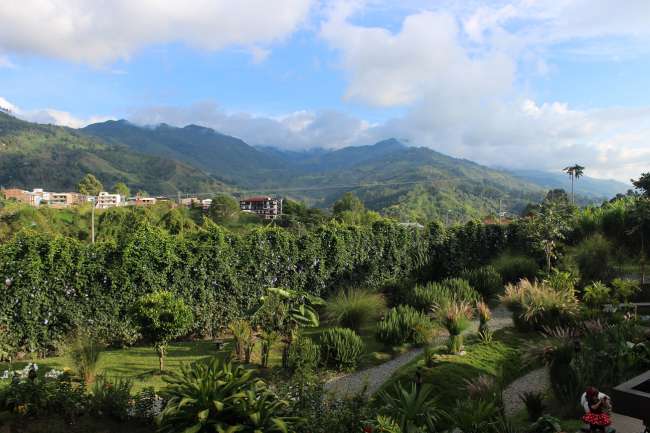
Izvješća o putovanju Kolumbija
